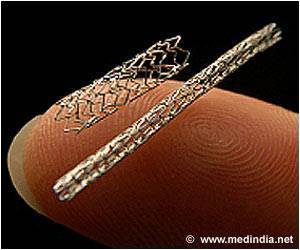Notable enhanced physician adherence to evidence-based protocols for treating acute coronary syndrome (ACS) was observed with a three-pronged intervention in Brazilian public hospitals.

The six-month study was limited to public hospitals because in Brazil's free national health system, public hospitals serve about 70 percent of the population. The participating sites, 17 sites in the intervention arm and 17 in the control arm, were general tertiary care hospitals located in major urban areas, representing a broad range of ACS care capacities. Characteristics were well balanced between the groups. Some 65 percent of participating hospitals had their own chest pain protocols for the emergency department.
The intervention consisted of three strategies: nurse case management, reminders, and educational materials. Each hospital selected one or two nurses to act as case managers and follow all patients from admission to discharge. Like the intervention itself, the reminders had three components: a checklist based on national standards; a patient chart label color-coded to denote a scale from no chest pain to severe pain; and colored patient bracelets matched to the chest pain scale.
Nurse case managers triaged patients, assigned color codes and updated charts. As coordinators of patient care, nurses became part of the reminder system as well; for example, they checked with physicians if they noticed that a patient was not taking aspirin.
"Reminders are powerful tools to change behavior, and active interventions that involve the physician in decision-making are more effective than passive interventions such as posters," Dr. Berwanger explained.
Each physician also received educational materials that included ACS guidelines, directions to a website where they could consult lectures about updates to ACS practice, and a pocket-sized copy of major ACS recommendations.
In the control group, only 49.5 percent of patients received all indicated medications during the critical period, compared with 67.9 percent in the intervention group – an increase of 18 percent. Although researchers saw a trend toward fewer major adverse cardiovascular events in the intervention group representing a risk reduction of 28 percent, Dr. Berwanger cautioned that larger studies are needed before definitive conclusions can be drawn about the impact of this intervention on clinical outcomes.
Source-Eurekalert
 MEDINDIA
MEDINDIA




 Email
Email










